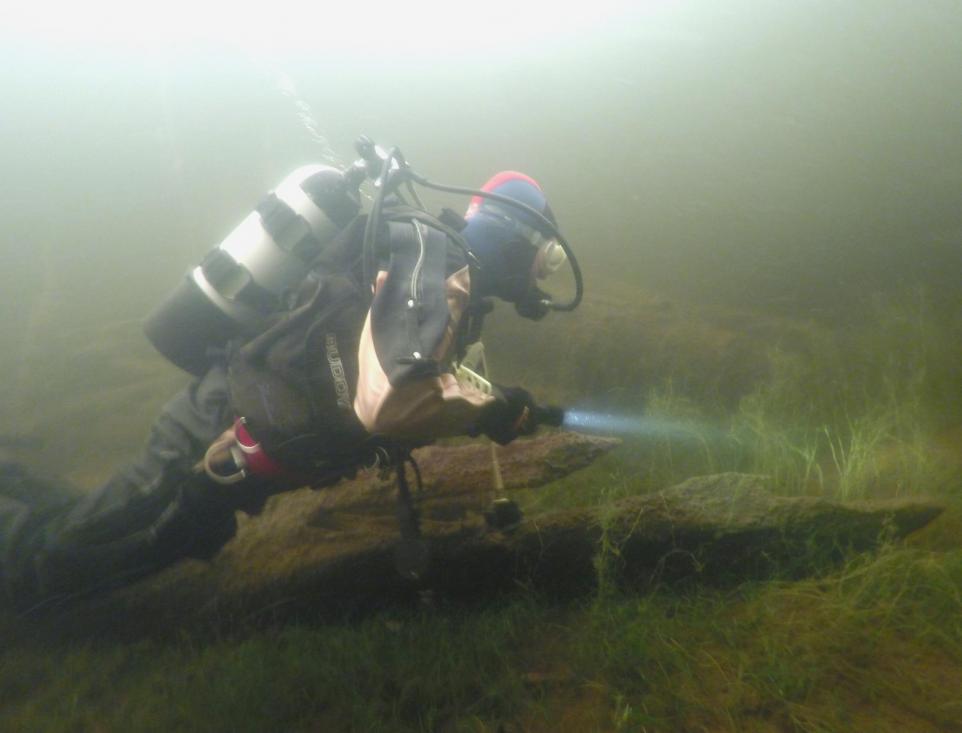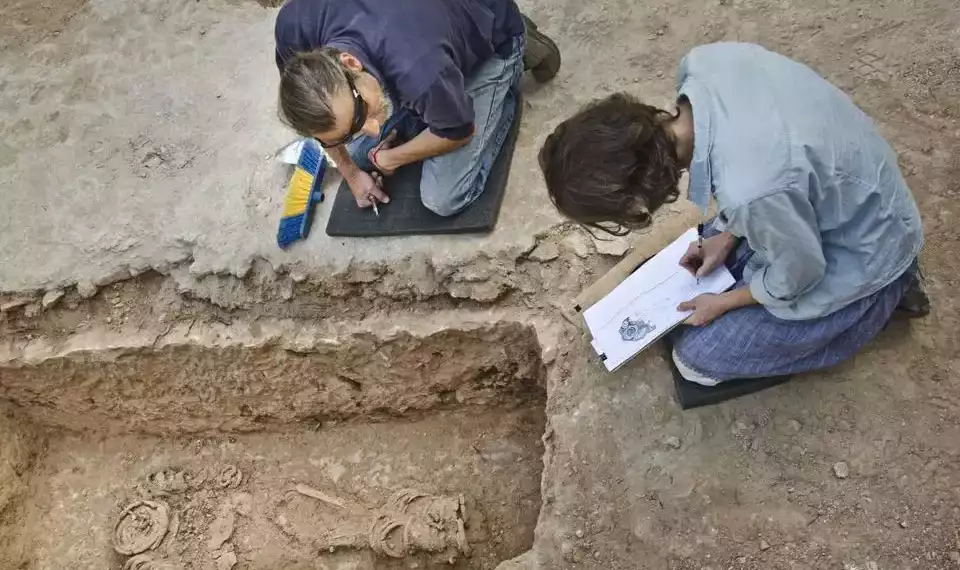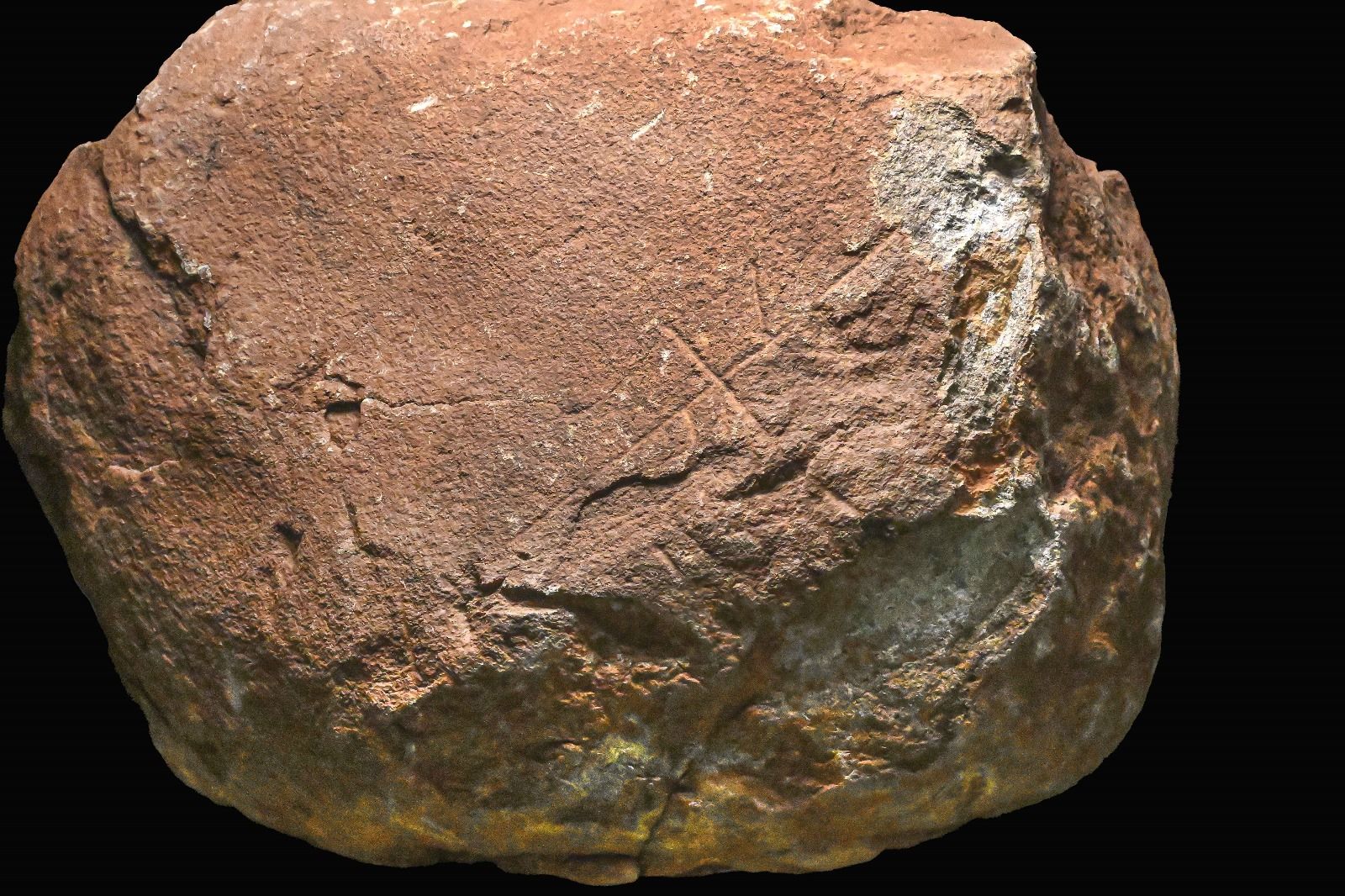The serene waters of Loch Achtily in the Scottish Highlands are preparing to host an extraordinary archaeological discovery in September 2025. Underwater archaeologists are setting out to uncover the mysteries of a man-made island, home to Scots during the Norman Conquest, by examining the remains of an ancient settlement known as a “crannog,” built over water.
Crannogs are dwellings found on artificial islands, constructed from the Neolithic period up to the 17th century, typically composed of wood, stone, and brush. This particular crannog in Loch Achtily will be investigated by volunteers from the North of Scotland Archaeological Society (NOSAS) and the Nautical Archaeology Society, with financial support from the Society of Antiquaries of Scotland.
Analysis of wooden samples previously recovered from the underwater site by NOSAS has revealed that part of the crannog was built using oak timbers dated to AD 1046-1221 and AD 1323-1421. These dates suggest the crannog was constructed or modified during the medieval period; however, whether it was originally built earlier remains uncertain.
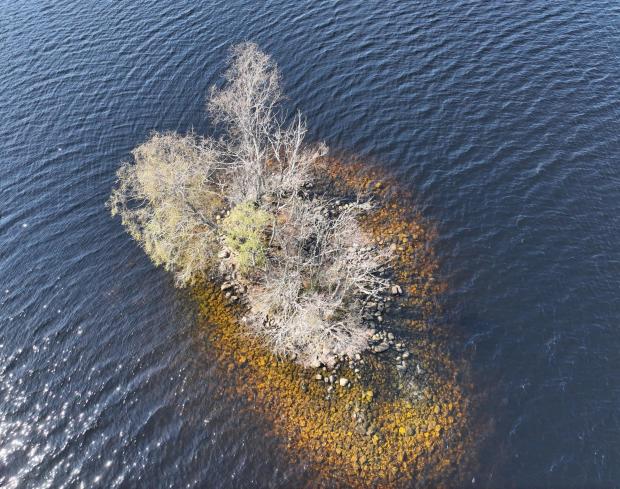
Aerial view of the island. Image: Copyright Andy Hickie
Questions such as whether the crannog was used for centuries or only a short period, whether it was reused, and when it was finally abandoned remain unanswered. Known crannogs from the medieval period are scarce, and thus, very few have been studied. Furthermore, there is limited knowledge about how Highland crannogs were constructed throughout history and why they were used.
These structures are thought to have served various purposes, from residences of community leaders and symbols of power to ordinary farmsteads of extended families, built on water for protection. Supported by Scotland’s oldest antiquarian society, this study will help fill gaps in a critical part of Scotland’s settlement history.
Dr. Michael Stratigos FSAScot of the University of Aberdeen states, “Due to the incredible preservation of these materials, crannogs hold exceptional evidence about the broader environment and climate. In an era facing the challenges of anthropogenic climate change, the information stored in crannogs offers a unique opportunity to provide a long-term perspective on our present situation and how people coped with climate change in the past.”
The Society of Antiquaries of Scotland supports high-quality research and publications related to Scotland’s past by offering various grants and awards twice a year. In this round, a total of £19,793 was awarded to 12 projects researching aspects of Scottish history or archaeology, including replicating a rare Bronze Age horsehair hat from the Highlands and investigating the Society’s connections to slavery in the 19th century through Fellow Robert Halliday Gunning.
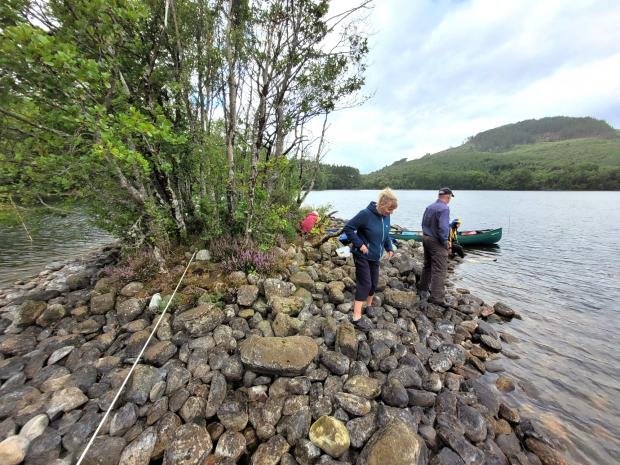
Richard Guest, Project Lead and amateur archaeologist with NOSAS, says, “Currently, we have dates spanning nearly 400 years for a structure on the island. We hope that excavating more wood will yield more dates and thus a sequence of how the crannog was used. More specific date sequences could help reveal the story of who built and used the crannog.”
Dr. Helen Spencer FSAScot, Head of Research at the Society of Antiquaries of Scotland, remarks, “Crannogs contain some of the best-preserved evidence of past life in Scotland and are a crucial part of our settlement history, which is why we were so excited about this application. We are especially grateful to our thousands of Fellows worldwide, whose subscription fees enable us to distribute these grants annually. If you would also like to support our work, please consider becoming a Fellow to help fund high-quality research into Scotland’s past.”
This exciting project promises to shed light on Scotland’s enigmatic past, offering valuable insights into the lifestyles and challenges faced by people in the past.
Cover Photo: Underwater Excavation at Loch Achilty (Image: Copyright Duncan Ross)
